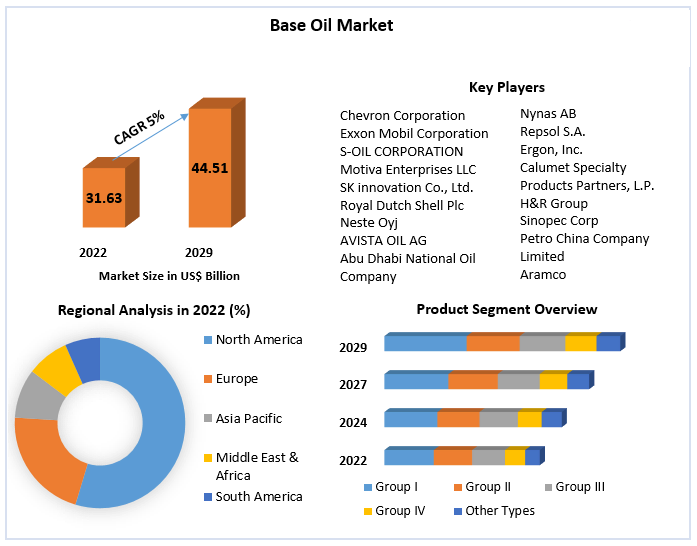The US base oils and finished lubricant market is expecting to experience more competition next year amid steady-at-best demand and growing global supplies.
Domestic supplies for all Group II and Group III grades are ample heading into 2024 as sellers are struggling to reduce inventories of base oils and lubricants at the close of the year. Typical restocking that takes place in January is expected to be muted as buyers continue to closely monitor inventories amid elevated borrowing costs to finance purchases of feedstocks.
The pressures on keeping inventory levels reduced for financial and risk-limitation reasons are expected to keep demand growth in 2024 around 1-3pc from 2023. That would be in line with expectations for increased consumer consumption of finished lubricants.
Market participants are not seeing incentives emerge for blenders, retailers or distributors to return inventories to pre-first half 2022 levels, when interest rates were lower. This will keep base oil demand weaker than in 2022, when buyers were more willing to carry inventories in addition to requirements for regular day-to-day business.
This is going to keep pressure on major and independent blenders to fight for market share for finished lubricants. With blenders and others working to gain or maintain market share, market participants expect consistent pressure on refiners to limit base oil price increases.
With several refiners and blenders expecting a more competitive market in 2024, contract discounts to posted prices for term volumes are trending wider.
There is also growing interest and activity focused on importing volumes into the US Gulf coast(USGC), particularly for Group III base oils and heavy-viscosity Group I and Group II products.

Asian refiners have been running heavier crudes since mid-2022, which is increasing their yields of heavy-viscosity grades. Several US blenders are working to secure consistent volumes of these grades because of higher premiums for domestic term volumes.
Group III imports will face more competition in 2024 as several Group II refiners are cutting some of their Group II yields to maximize Group III production. One of these refiners is working to secure contract customers for 2024. Several others are planning to consume the majority of their Group III output for internal blending requirements.
Several key exporters from the Mideast Gulf are pricing their Group III volumes lower in an effort to replace lost sales from increased domestic production.
The influx of competitively priced imports is expected to narrow the premium for Group III to Group II grades, particularly light-viscosity materials, throughout 2024. The 2023 premium for Argus domestic spot US Group III 4cst to Argus domestic spot US Group II N100 started December at $1.53/USG, its lowest since August 2022.
The narrower premiums are not expected to push refiners to slow down domestic Group III production in favor of more Group II output because of ample global supplies of Group II.
US exports to Mexico declined in the fourth quarter following a Mexican government embargo announced in late October. The embargo was driven by the Mexican government's efforts to limit light- and extra-light-viscosity Group II grades moving into the diesel blending and fuel blending markets.
Exports to Brazil should also decline in 2024 because a key refiner is set to complete extended maintenance in the first quarter.
The reduced exports to the two biggest markets for USGC refiners will put pressure on sellers to offer lower prices into the export market. That will create incentives for refiners to limit Group II production in favor of Group III where possible until restrictions into Mexico are eased.
The Argus US export spot Group II N100 price was at an average of a 7¢/USG discount to four-week average USGC diesel in 2023, down an average premium of $3.89/USG in 2022.
Base oil prices at a discount to diesel will further incentivize refiners to limit base oil output as much as possible in 2024, particularly surplus volumes pushed into weaker export markets.
